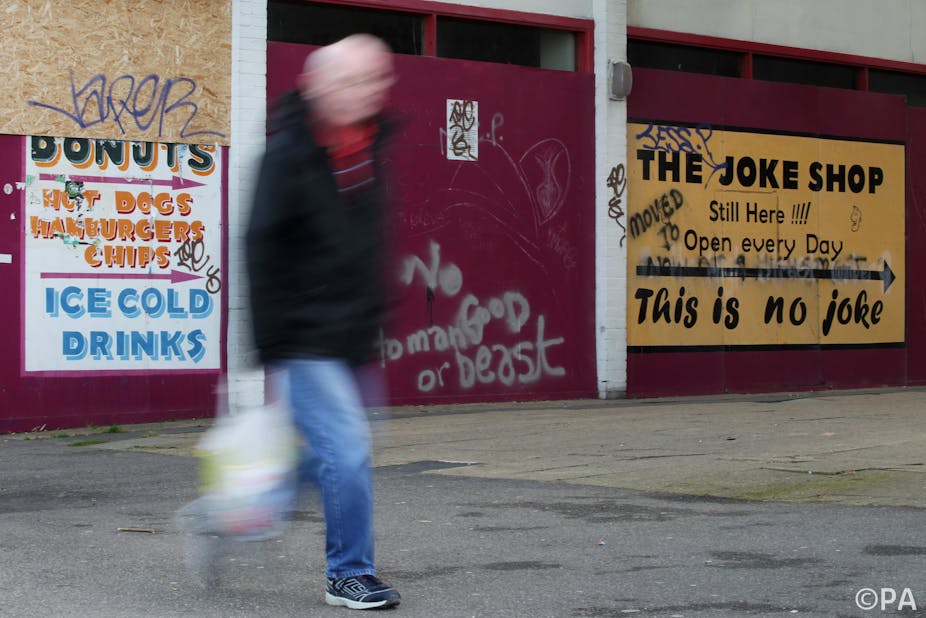A new study shows an association between less access to GPs and high rates of attendance in nearby accident and emergency (A&E) units. It’s an interesting piece of work but risks inflaming an already difficult situation. A number of its assertions and conclusions don’t stand up well to closer scrutiny.
The first issue, which is actually peripheral to the main arguments, is that attendances at A&E departments have risen by 20% in a decade - a widely held misconception. As Dr Sarah Purdy argued in a recent article, some of these numbers include people using walk-in centres. John Appleby from the Kings Fund think tank has also suggested this and said that demand for emergency departments proper has remained more or less constant over these two decades.
This aside, the basic tenet, that high use of A&E is linked to perceptions of poor access in general practice is worth addressing in more depth.
The first thing to say is that large A&E departments are usually sited in inner city areas, where the inverse care law developed by the late Julian Tudor Hart applies. Hart suggested that “the availability of good medical care tends to vary inversely with the need for the population served,” which means that unfortunately, it is true that the people in these areas tend to get worse services, such as poorer access to GPs. So they might be expected to attend A&E services more frequently. The double whammy of the law also means that their need for treatment is greater than average, which is likely to make this problem worse.
The fact that A&E departments are often situated close to these areas of maximum need is likely to increase their attraction, and it would be interesting to see whether the Imperial data could be reviewed in this light - how much does proximity to A&E departments affect their use by patients?
The situation may well be made worse by the fact that A&E services have been increasing in breadth as well as depth over the past decade; more of them and with more services provided have meant that impatient patients may well choose to attend this one stop shop rather than working through the prescribed mechanisms of general practice, referral, and endless waits in outpatient departments. I alluded to this in my recent article in The Conversation and suggested that supply-led demand was an important problem in a state funded system that is encouraging consumerist behaviour.
Thus, the findings suggested by the Imperial research group are best a confirmation of a sad but longstanding truth.
Another factor that could be confounding this knotty issue is the obverse of the inverse care law: expectations are highest where needs are lowest. Middle class patients may well report dissatisfaction with access to their GPs if the access they expect is close to instantaneous, and the patient survey is probably too blunt an instrument to use in these circumstances.
None of this obviates the basic truth that primary care varies considerably, and needs to level up to meet the needs of the population. However, it is probably unhelpful to blow up easily explained and perennial truths to create yet another scapegoat for poorly managed politics and their consequences.

